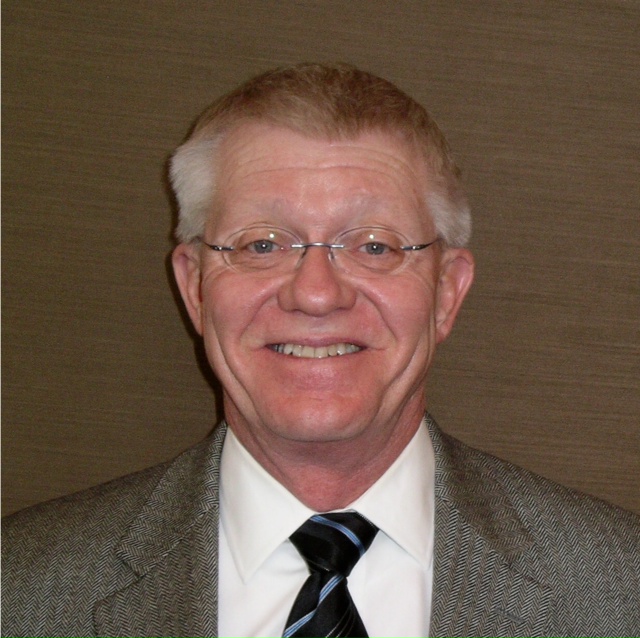
We cannot miss the opportunity to recognize what good policy means to real people — the police, probation and detention officers, social workers and therapists. Most importantly, we should seize this opportunity to explain how juvenile policy affects a real kid in a real family.
Dave McClure remembers getting the phone call at 12:30 a.m. He was a CCBYS worker on call, and an officer from the local police department was seeking his help. CCBYS is the awkward shorthand for Comprehensive Community-Based Youth Services, an Illinois Department of Human Services program. It provides crisis intervention services in every Illinois county – all 102 of them.
The officer had brought two boys to the station after finding them sleeping in a laundromat. One boy’s mother had come to collect her son. The father of the other 15-year-old had refused to come — in fact, the father said his son was worthless and should be placed in the detention center. The cop could have called for a detention gatekeeper, but he thought the youth’s disrespectful and combative attitude was not enough to warrant a night in the lock-up.
Dave showed up and began a long effort to resolve the situation. The father came to the station after Dave’s encouragement, and, in the presence of the crisis worker and the policeman, father and son began a verbal battle that was obviously well practiced. It was eventually agreed that the boy would spend the night with an uncle and both would meet Dave the next day. That was the beginning of an eight-month case for CCBYS.
Neither father nor son was willing for the mom to be part of the discussions, but it became obvious that this was a family of secrets. Dave created a linkage to a mental health counselor. Mom never appeared, but secrets came out. She was an alcoholic, regularly beaten by her husband, an otherwise respectable local businessman. The son knew of the violence and developed great hatred for his father but kept the fights secret. Why — because his mother swore him to secrecy about her constant drinking and enforced that pact by keeping the son’s secret — that she had walked in on him as a 14-year-old having sex with his 12-year-old male cousin.
Domestic violence, substance abuse, sexual offending and family dysfunction – sound familiar? This is not a made-for-TV movie where everyone is saved, but the mental health counselor helped the son work through his terrible conflicts. He graduated high school and did not go deep into the juvenile justice system. Good policy made good practice – as it has across Illinois.
CCBYS provides a network of crisis workers who are on-call 24 hours a day, 365 days per year. Once involved, crisis workers help the young person secure emergency housing, with counseling, case management and links to substance abuse or mental health treatment. Law enforcement, schools and parents depend on crisis intervention services to divert young people from costly and potentially life-damaging juvenile detention or the child welfare system.
The highly effective crisis intervention programs served 6,373 young people across the state in 2012. The impact is significant:
-
More than half of the referrals came from police, probation and the courts;
-
85 percent of youth return home or to a family-approved living arrangement;
-
Less than 6 percent end up in secure confinement or as wards of the state; and
-
77 percent successfully complete their case plans.
In short, CCBYS provides hope to kids and families and a second chance to stay together and address their problems in a healthy and productive way.
CCBYS also saves substantial money. The average cost of serving a 15-year-old youth is $1,733. The annual cost per youth in Department of Children and Family Services is $36,174 – and the average 15-year-old ward will remain in state care for six more years. A commitment to the Department of Juvenile Justice averages more than $98,000 per year.
CCBYS is one example of good policy and practice, and, like so many other effective approaches across the United States, its budget has been cut. We cannot stop at making good policy. We must see the job through and that means financially supporting programs so there is someone to call at 12:30 in the morning.































